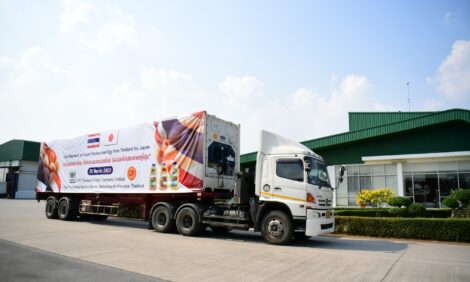



Travelling Danes Expose Themselves to Salmonella Risk
DENMARK – Salmonella infections are on the decline in the Danish population, although not when they go on holiday, a report shows.Travelling abroad is responsible for 45 per cent of the cases with the most common strains being Salmonella typhimurium which clocked up 415 cases last year and Salmonella enteritidis with 242 cases.
This is according to a collaborative study between the Technical University of Denmark, the Statens Serum Institus and the Danish Veterinary and Food Administration.
The enteritidis strain is typically associated with eggs although last year 77 per cent of cases were contracted while travelling abroad.
However, academics are quick to stress that the long term picture is improving. Cases are lower and Salmonella action plans initiated in the 1990’s have reduced the bacteria as a domestic problem.
Last year, 1,198 Danes were infected with salmonella. This was a slight increase on the record low 2011 figure and equates to 21 cases per 100,000 people.
The study found that 2012 brought 12 outbreaks from food; two outbreaks from Danish beef, one from Danish pork and one from imported duck. Seven were from unknown sources.
It is usual for so many cases to be caused by beef, said Anne Wingstrand, Senior Researcher at the National Food Institute.
Above all, Mr Wingstrand said that action plans are working.
"During the past 20 years, Denmark has focused intensely on reducing Salmonella on the farms as well as at the slaughterhouses. We are pleased to see that the efforts have ensured that Danes no longer contract Salmonella from eating Danish broiler meat.
“The EU also has focus on Salmonella and has set targets for the level of Salmonella in broiler flocks and egg-laying flocks.”








